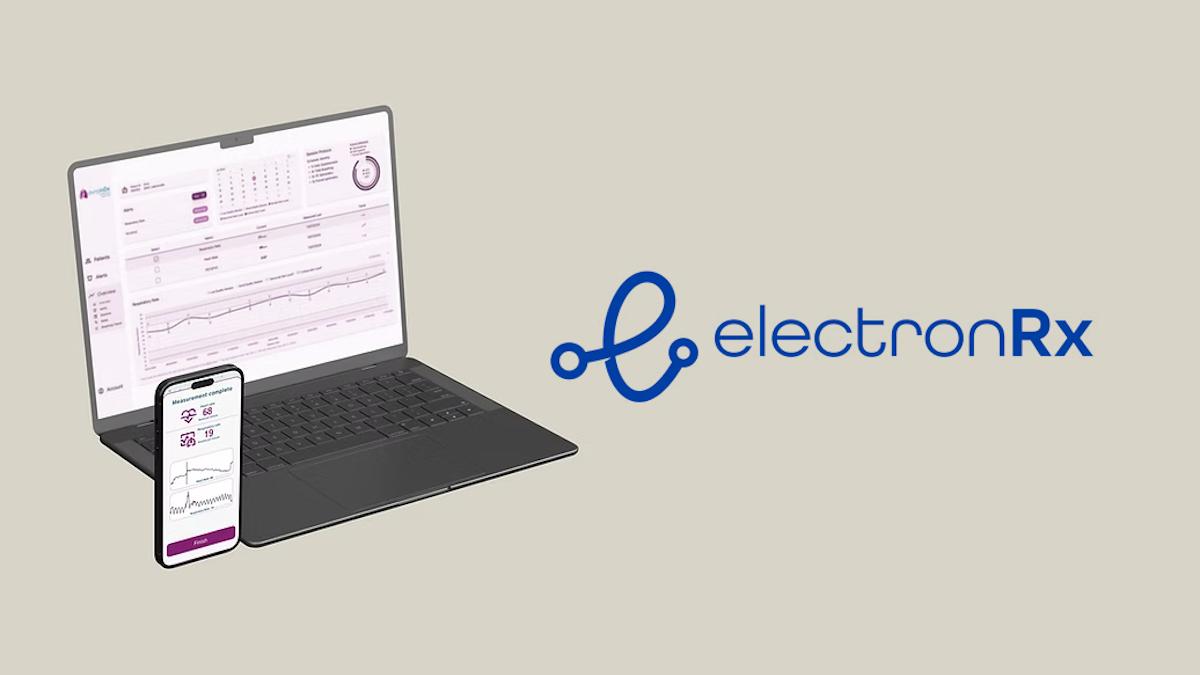Oncology apps and opportunities for pharma

Kevin Bambury examines what apps are being developed, their usefulness, and where there are gaps to fill.
Kevin Bambury
Oncology had remained relatively unchanged since the advent of chemotherapy, but now the landscape is changing rapidly. The introduction of immunotherapy and personalised medicine have changed the way oncology professionals work and increased the complexity of the decision-making process.
Concurrently, the internet has disrupted industries that had remained untouched for decades, such as the travel and newspaper sectors. Healthcare – and specifically oncology – has remained relatively unscathed, but now an ever more complex oncology landscape, combined with cutting-edge mobile technology, is presenting new and exciting opportunities for pharma companies to engage with HCPs and patients.
Though oncology HCPs and patients need, and want, apps to fill knowledge gaps, and that technology is getting cheaper, faster and better, few companies are taking advantage of these opportunities.
Current apps
Among those companies stepping in to meet these demands is Celgene, which has released a dosage app to help US HCPs manage its breast cancer treatment Abraxane. The product is approved for three indications and has different dosing instructions for each. These variations can be complicated and difficult for HCPs to remember. The app addresses this by offering various calculators and also includes clinical trial and Summary of Product Characteristics (SPC) information.
Roche Lebanon recently released an app for HCPs globally. It integrates all of its oncology product information into one app and, like the Abraxane one, it offers calculators and product information. These are both useful tools for oncology HCPs to have on their phones.
Opportunities
While both of these apps look specifically at improving issues related to their products and should be commended for addressing challenges faced by HCPs, it has to be wondered how often such apps will be downloaded and integrated into the general practice of an oncology HCP. With storage space on phones limited, apps must be used regularly to justify their presence.
Clinical challenges
One way for companies to do this is to develop or support apps that are more generally applicable to clinicians. For example, apps that help clinicians with decision-making not just specifically around their product, but that help solve a clinical challenge.
Teva is releasing an app that will help address the challenges oncology HCPs face when trying to assess a patient's risk of Febrile Neutropenia (a fever associated with chemotherapy). This ties in nicely with the company's G-CSF (granulocyte-colony stimulating factor) product Lonquex while also offering clinicians an app of real value that solves a genuine clinical challenge.
Other such clinical challenges should be identified and apps developed to help fill these gaps.
Patient-facing apps
Patient-facing apps offer further opportunities. It has been well documented that there is a strong link between drug adherence and patient outcomes. However, there have been very few apps developed by pharma companies targeted towards patients. Obviously, there are regulatory hurdles that may make this difficult.
Boehringer Ingelheim recently announced its partnership with Propeller Health, a digital health start-up that monitors adherence through the Propeller asthma inhaler. A strategic partnership, rather than building software and systems from scratch, may be a wise way forward.
Both Apple and Android are busy releasing SDKs (Software Development Kits) to help developers produce apps for patients that will help in the gathering and aggregation of patient data. In March Apple announced that CareKit is to be launched this month to complement its ResearchKit.
Wearables
Wearables are becoming more accurate and powerful. The latest version of the Fitbit claims to track cardiac readings and Apple seems to be busy hiring medical device experts, suggesting a new and improved Apple Watch down the line.
The opportunity to use wearables combined with smartphone apps to track patients seems like a game-changing opportunity. Imagine having real-world data on hundreds, if not thousands, of patients who are on one of your company's products. Treatment plans could be optimised based on this data in near real time. However, wearables still seem to have some way to go before we can rely on the data they produce.
Challenges
Of course there are challenges associated with developing any digital health solution.
Regulatory
Both the internal and external regulatory environments are complex and must be navigated with the utmost care. Developers must be wary of Meddev 2.1/6 and patient data protection laws. Thankfully new research centres, such as Ireland's LERO research centre, are helping with this.
Business case
Then there is the business case. Current methods are tried and tested, but getting budget for new approaches will always be difficult. This must tie in with an overall business and product promotional strategy, which is not always easy.
Despite the challenges, it is an exciting time for 'digital oncology'. Although it's hard to see the industry being disrupted in the same manner as the newspaper or travel industries, there are definitely changes on the horizon.
In the wise words of Socrates, "The secret of change is to focus all your energy not on fighting the old, but building the new."
About the author:
Kevin Bambury is a co-founder of ONCOassist, a CE-approved mobile clinical decision support software application developed specifically for oncology professionals. It is licensed by the European Society of Medical Oncology as a member benefit and is used globally.
He has worked on the development of innovative apps and communications projects for numerous pharma companies, including Teva, Amgen, Bayer and Roche. He holds a Masters in Electronic Business from University College Cork. Email: kevin@oncoassist.com
Read more:












